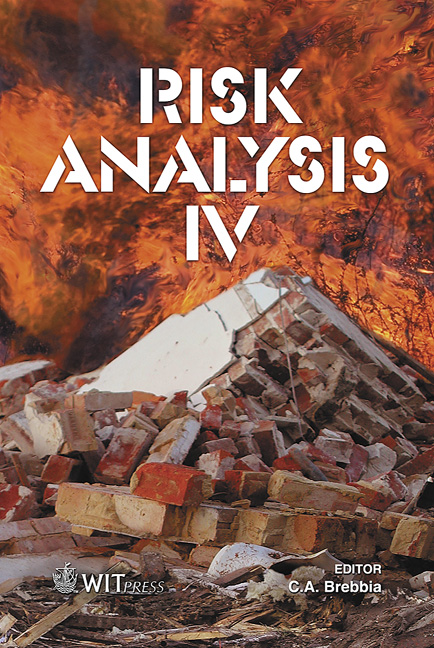Assessment Of Catastrophic Wave Impact In Apulia Region (Southern Italy)
Price
Free (open access)
Transaction
Volume
77
Pages
9
Published
2004
Size
1,282 kb
Paper DOI
10.2495/RISK040621
Copyright
WIT Press
Author(s)
G. Mastronuzzi, C. Pignatelli & P. Sansò
Abstract
The aim of this study is determining the degree of vulnerability along the southern coast of Apulia (Italy) using historical reports and field evidence. Apulia is a low seismic region surrounded by highly seismic zones which form the borders of the Apulian microplate in the Adria plate: the coast of Albania and Ionian Islands are located to the east, the southern Apennines to the west, and Gargano promontory to the north [16]. Seismic activity has been responsible for the occurrence of numerous earthquakes in this area during the last millennium; some of them have been responsible for the generation of the historical tsunamis which hit the Adriatic and Ionian Apulian coasts. Recent geomorphological research has pointed out the occurrence both along the rocky coasts and beaches of landforms and deposits related to the occurrence of catastrophic waves generated by low frequency sea storm events and tsunamis. The available data point out for the coasts of southern Italy a recurrence period of tsunamis of about 50 years and a maximum intensity of the III-VI grade on the Sieberg-Ambraseys scale [20, 22, 23]. This information has been collected in a database for updating a G.I.S. containing geomorphological features of the region. It allows one to calculate the actual range of shore resistance to the stress generated by extreme events (tsunami, sea storm, seaquake, etc.), and to map the vulnerability of the Apulian coast related to the catastrophic sea events. Keywords: catastrophic waves, vulnerability, Adria plate, Apulia.
Keywords
catastrophic waves, vulnerability, Adria plate, Apulia.





